
 |
Numerical Analysis of Rotor Performance and Wake Characteristics of a Complete Tiltrotor Aircraft in Transition Flight |
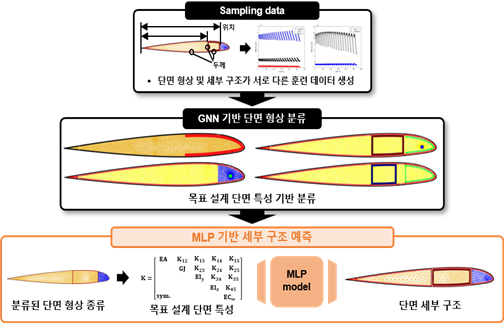 |
Inverse Design Method using Classification and Regression Networks for Internal Structure of Rotor Blade Cross - section |
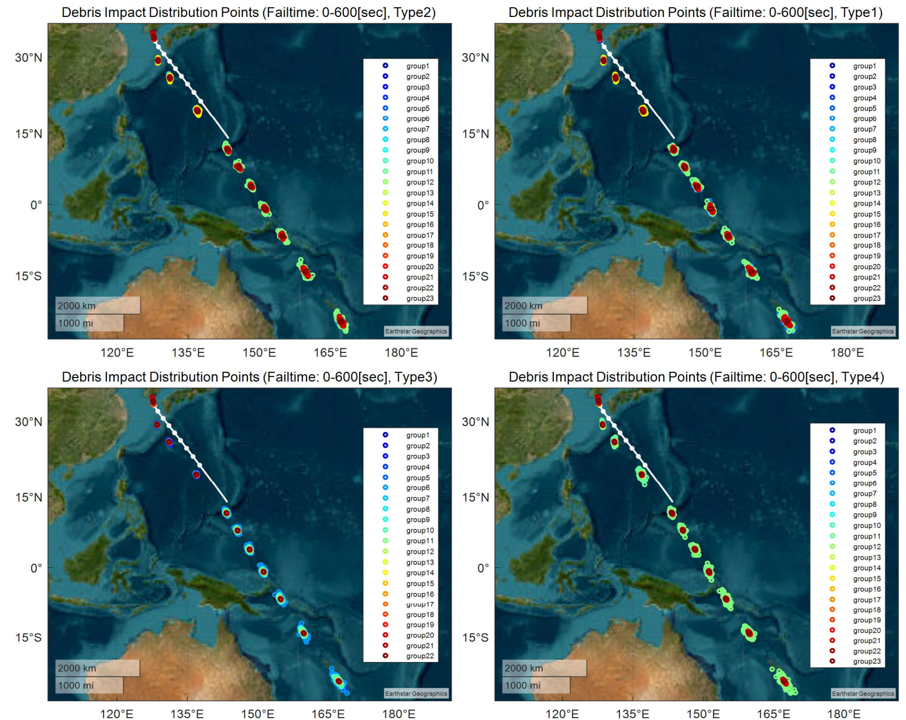 |
Assessment of Probable Loss and Casualty for Space Launch Vehicle Failure |
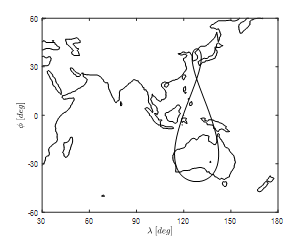 |
Station - Keeping for Elliptical Inclined Geosynchronous Orbit Satellite Constellation |
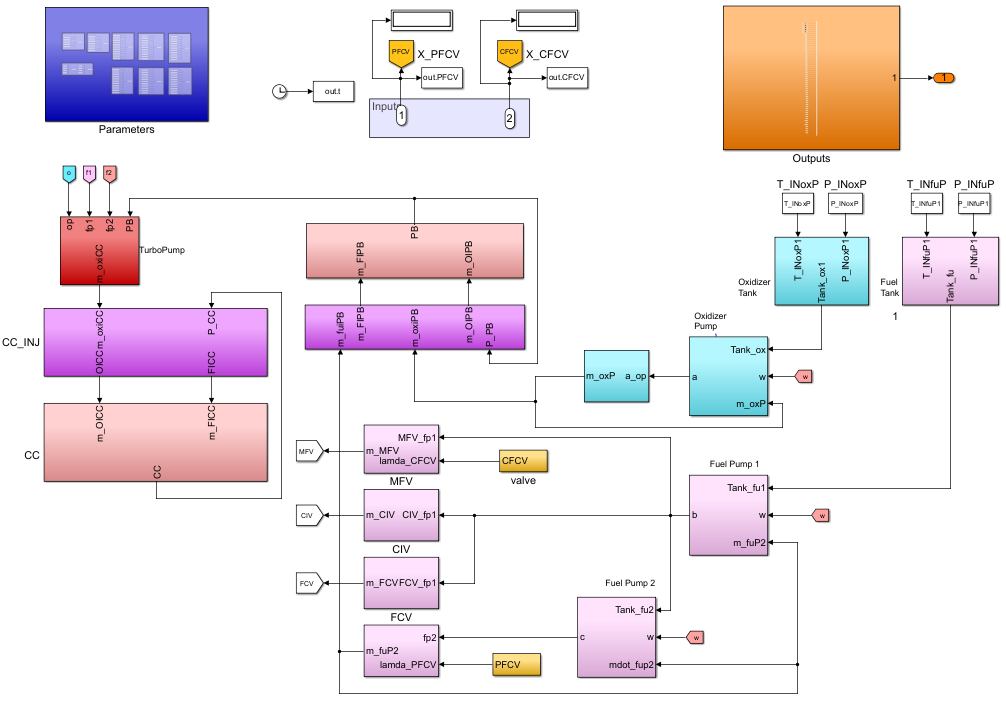 |
Simulation Modeling and Decoupling - Based Thrust Control Algorithm Design for a Staged - Combustion Cycle Liquid - Propellant Rocket Engine |
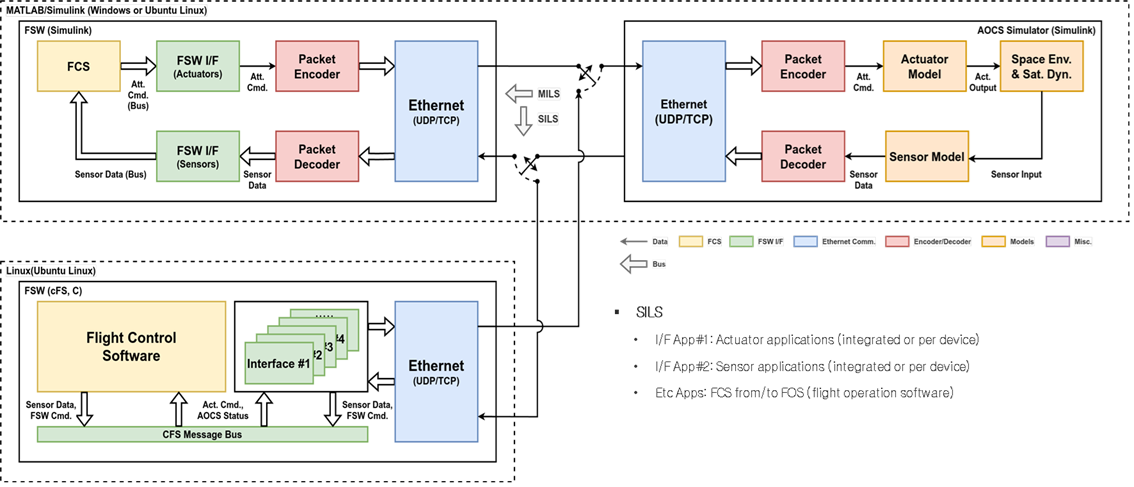 |
Model - based Flight Control Software Development in NASA cFS Framework |
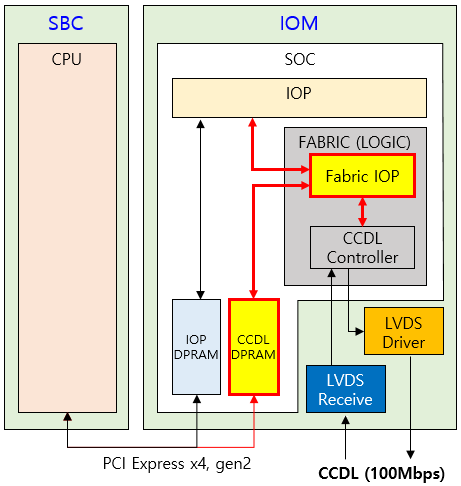 |
Methods for Improving Communication Speed between Channels in a Redundant Flight Control Computer |
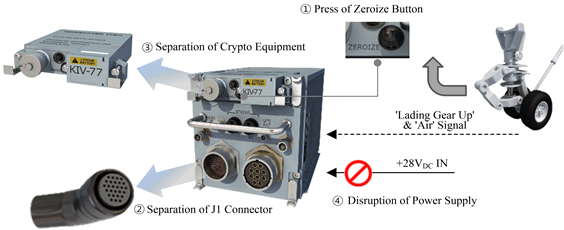 |
A Study on Design and Verification Methods of Initialization for Information Protection of Joint Crytographic Equipment for Aircraft |
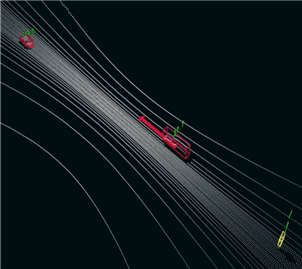 |
3D LiDAR - Based Object Tracking and Classification System for Safe Urban Air Mobility |
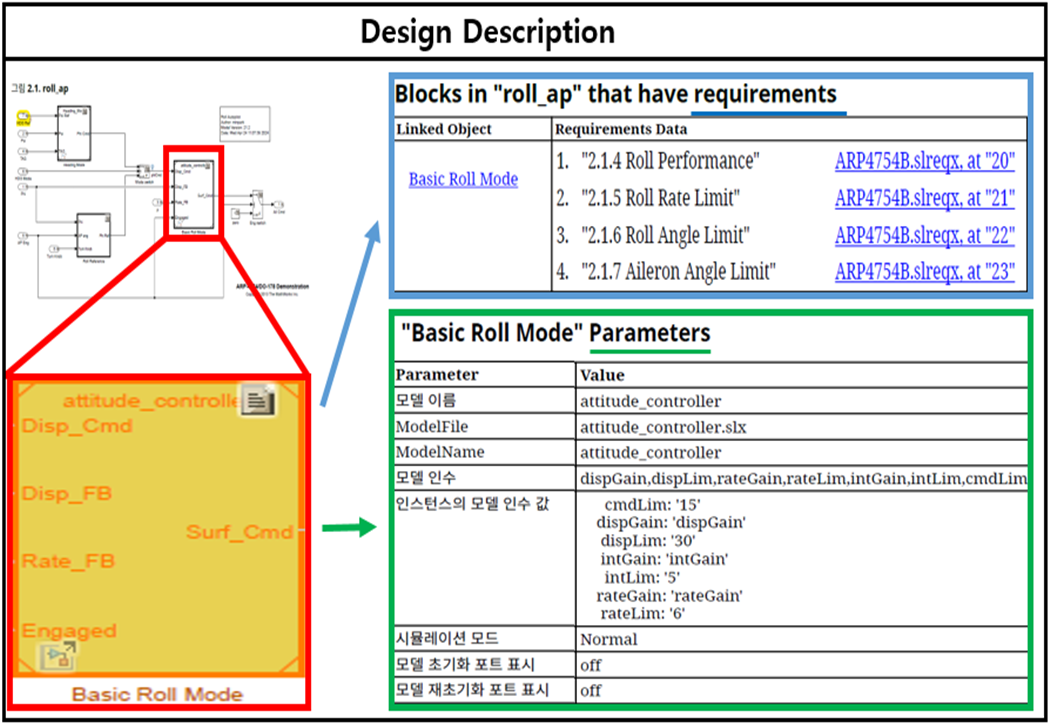 |
DO - 178C/DO - 331 Certification Data Development Case Study : Autopilot Software onboard Light Sports Aircraft |
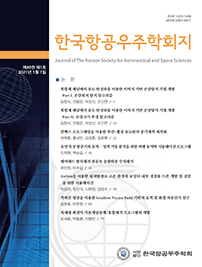 |
| Editor-in-Chief | Jon Ahn (Sejong University) | Executive Editor | Hyoun Jin Kim (Seoul National University) Hak Tae Lee (Inha University) |
- Journal launch year 1973
- Frequency Monthly
- ISSN 1225-1348 (print)
2287-6871 (online) - Indexed in SCOPUS, KCI, ESCI
- Supported by This journal was supported by the Korean Federation of Science and Technology Societies(KOFST) Grant funded by the Korean Government.
This journal is a monthly publication of the Korean Society for Aeronautical and Space Sciences(KSAS). This multi-disciplinary journal aims to enhance and foster the sciences and technologies on aeronautical and space through the publication of original research papers and review articles disclosing new advancements in theoretical, computational and experimental research. Topics of interest include all aspects of aerospace science and technology, which include acoustics, aerodynamics and fluid mechanics, structural dynamics and aeroelasticity, structures and materials, flight dynamics, guidance and control, flight simulation and operations, combustion and propulsion, thermomechanics and reacting flows, airworthiness and maintenance, avionics, aerospace telecommunications, space exploration, research instrumentation and facilities, aerospace policy and certification. The journal also addresses the ground and flight tests of aerospace systems including aircraft, air ship, helicopter, MEMS, missile, satellite, rocket, and UAV. Papers are selected for publication through a peer review process, and submitted articles are judged on the basis of technical originality, quality of exposition and significance of the results by the editors.









